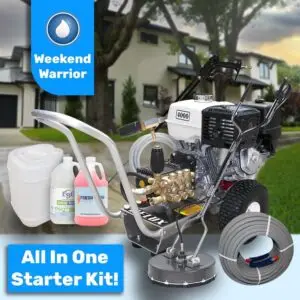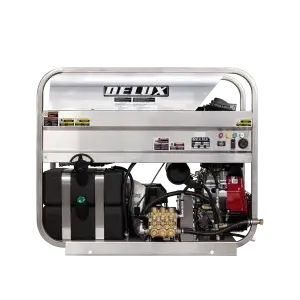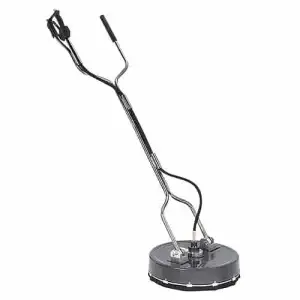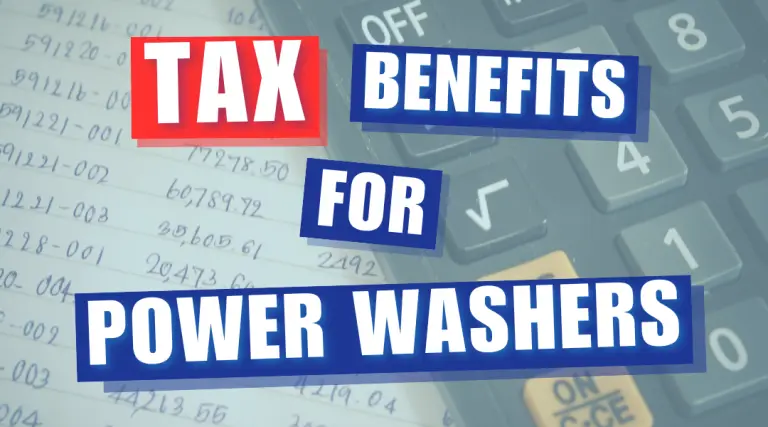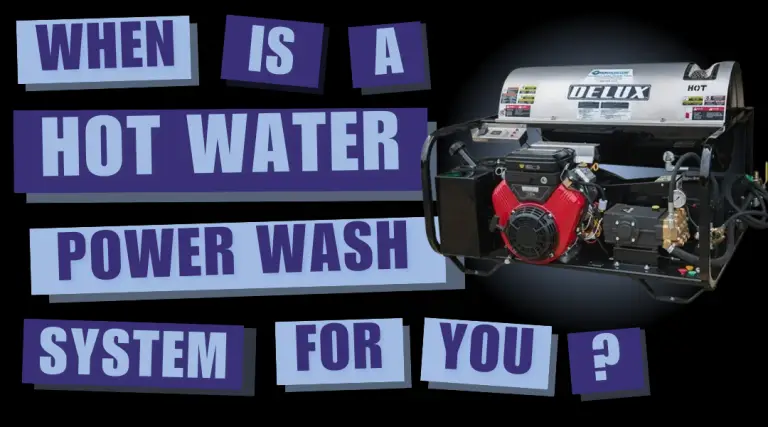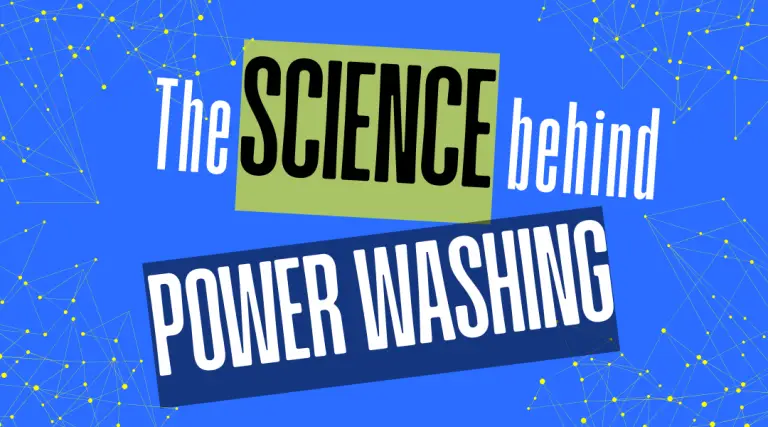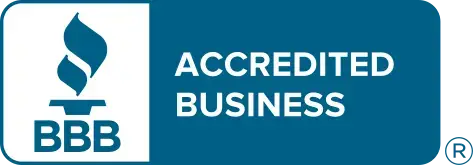- Home
- /
- Spray Tips
- /
- How to Find the Right Chemical for a Pressure Washing Job
Subscribe To Our Newsletter
Stay in the know on the latest products, deals, events, tips & tricks.
Social Media
Popular Products
-
All Pressure Washers
Weekend Warrior- Residential Cleaning House Washing Business Starting Pack
$2,971.47 -
-
-
How to Find the Right Chemical for a Pressure Washing Job
Never assume that the job you are cleaning today can be cleaned with the same chemical and technique you used on another job yesterday. No two jobs are exactly the same even if they look similar. Experience will help you become familiar with each type of surface contamination and know how to find the right chemical. No single chemical will work on every job. Professional cleaners should work on developing an arsenal of detergents for all of the various situations they encounter.
Soaps are formulated to break the surface tension that bonds the stain to the surface that is being cleaned thus allowing the flow of water to float the contaminates away. Some examples of this type of detergent would be Pink Thunder Truck Wash Soap, and R-111 Classic Brown. They can be applied with a pressure washer at high or low pressure or brushed on and rinsed off for truck washing.
Corrosives are designed to dissolve the grime. Examples of this type of chemical would be V-502 Kitchen Exhaust Grease Fighter and Clearly Clean X-Treme Concrete Cleaner. These types of chemicals should not be run through a pressure washer pump because they can do serious damage to the internal components. Use a pump up sprayer, an airless foamer, or an X-jet to apply these chemicals. Then rinse them away with a hot water pressure washer.
Sodium Hypochlorite is used where the surface contaminant is alive, such as algae or mold. The objective is to kill the contaminant and retard its regrowth. It can also be used to bleach surfaces and brighten concrete. Sodium Hypochlorite does not need pressure or agitation to work. This type of cleaning is commonly called soft washing and it is used for soft surfaces like asphalt shingle roofs, wood decks, stucco, soft stone, and color safe fabrics. There are many devices that can be used for soft washing. We recommend the Mustang.
It can be difficult sometimes to find the right chemical, but mixing your own chemical blends is not recommended. If you don’t have a basic familiarity of chemistry, mixing chemicals can yield unexpected and potentially dangerous results. Exothermic reactions occur when strong acids are mixed with water. Toxic gasses can be produced when chemicals like bleach and ammonia are mixed. We receive calls all of the time from people who have damaged a customer’s property with a homemade chemical blend. All of our chemicals have been tested to make sure that they will work as advertised, and all vital information is provided on a Safety Data Sheet. A Safety Data Sheet contains information about potential health risks, storage instructions, spill procedures, hazardous components, physical data, fire and explosion data, reactivity and first aid information. All of our chemicals are registered with poison control and they have instructions for treatment right on the label in case of a medical emergency.
If you are looking for a faster way to clean any project, call our experts at 1-800-433-2113. We have a range of concentrated chemicals and detergents that can be mixed to be strong enough for even the toughest stains. We also have sample sizes available so that you can test several options and find what is best for your specific needs.
Share This Post
More To Explore
Tax Benefits For Power Washing Professionals
Navigating the complexities of tax planning can be a daunting task for power washing professionals, yet it’s a crucial aspect …
Top 5 Must-Have Attachments to Elevate Your Power Washing Efficiency and Precision
Attachments for power washing systems are essential tools that significantly enhance the effectiveness, speed, and precision of professional cleaning jobs. …
When Should You Get A Hot Water Power Wash Machine?
When a Hot Water Power Washing System is Your Best Choice When deciding between a hot water power washing machine …
The Science Behing Power Washing
The Science Behind Effective Power Washing The science behind power washing is a balance of pressure, water, and chemical solutions …



